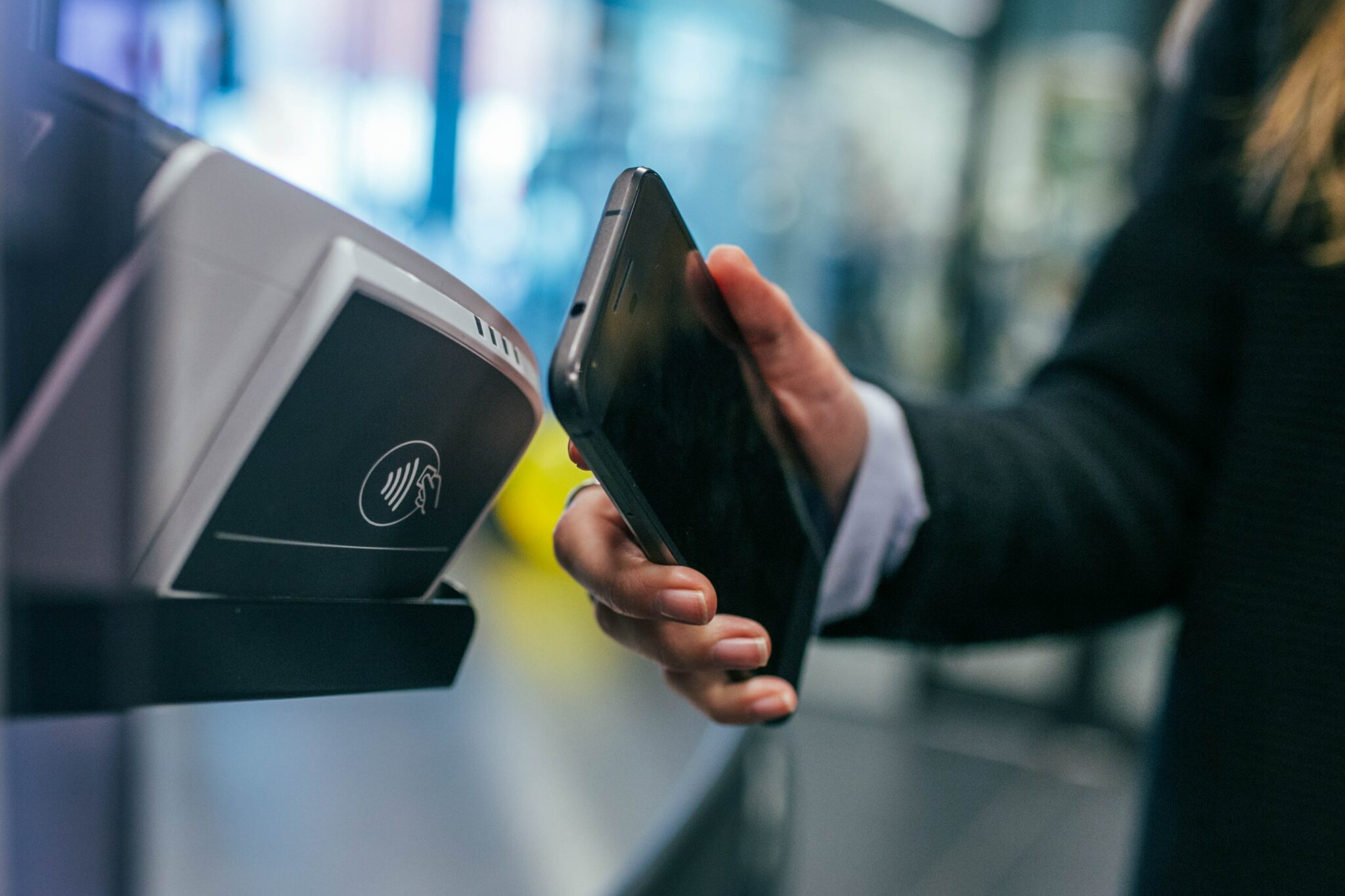Digital is the way to go, Indian MSMEs realize when it comes to payments, and the preferred app is UPI.
According to a NeoInsights study by NeoGrowth, an MSME-focused digital lender in India, 70% MSMEs believe more than half of their retail sales will be via UPI. The study covered the digital payments adoption behaviour of Indian retailers across 25+ cities and 70+ industry segments.
MSME Retailers are increasingly recognizing the benefit of using digital payments in their business driven by ease of use and customer convenience. UPI is spearheading the adoption of digital payments among retailers by ticking all the right boxes
Arun Nayyar, Managing Director and CEO, NeoGrowth
Arun Nayyar, Managing Director and CEO, NeoGrowth, said “There has been a remarkable adoption of digital payments among retailers in India. MSME Retailers are increasingly recognizing the benefit of using digital payments in their business driven by ease of use and customer convenience. UPI is spearheading the adoption of digital payments among retailers by ticking all the right boxes. Digital Payments are a powerful tool to extend credit to underserved and unserved retailers. We are confident that the Indian retail landscape is well-positioned for a bright and prosperous future.”
UPI Payments rule Indian digital payment landscape
Customers today prefer making on-the-go purchases using digital payment methods and are more likely to buy from retailers who offer this option. 7 out of 10 retailers believe over 50% of their sales will be done through UPI in the next three years.
Read more: Indian MSMEs go digital with payments, FinTech ecosystem provides
The study indicates that retailers are also increasingly favouring digital transactions, with UPI being their preferred mode due to the convenience it offers to customers and the speed of payment receipt for retailers.
More Indian retailers embrace digital payments
Retailers in Bengaluru saw a 14% increase in the share of UPI among their digital transactions, followed by Chennai and Hyderabad at 13% each compared to pre-COVID levels. Smaller cities only experienced a 4% increase.
The FMCG and retail segment witnessed a 14% increase in UPI transactions, followed by Food & Beverage at 12% and Fashion & Lifestyle at 9% which can be attributed to the retailers’ ability to accept digital payments easily and the increased comfort level of their customers in transacting digitally.
Decline in proportion of card payments
Card transactions have experienced a decrease of around 12% across industry segments and approximately 16% across different locations. Industry segments such as fashion and lifestyle have dropped post-pandemic. The decline is most pronounced in bigger cities like Chennai, which were among the top card users. The ongoing trend of consumers adopting contactless payment methods, which gained momentum during the pandemic, has been a key contributor to this decline in card usage.
The majority of retailers prefer UPI over other payment methods; 70% of retailers prefer UPI for digital transactions.
Speed & ease drive digital payment adoption
Instant receipt of payments and convenience to customers were the top motivators for retailers to use digital payments.
More than 50% of retailers said that by adopting digital payment modes, they have seen an uptick in their sales and an improved buying experience for the customer. About 40% of retailers have also stated that digital payments have helped them attract new consumers.
Better creditworthiness by broad-based use of digital transactions by retailers
Digital payments have also enabled new-age digital lenders to use retailers’ digital transaction histories to determine their creditworthiness. An encouraging sign is that almost 40 percent of retailers now prefer to use digital payments to repay their loans.
Digital payments continue to thrive despite infrastructural challenges. The major hindrance faced by more than half of retailers were failed transactions, followed by the high cost of the machine and online fraud concerns. Promoting digital transactions among retailers will entail providing the necessary regulatory and infrastructural thrust to overcome these challenges.












